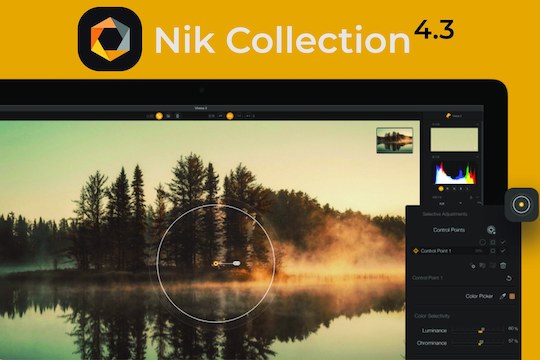

And it was slow… This was about 2 version ago maybe they’ve improved. I never managed to get any real work done with it. There are other features I’d prefer that the DxO folk prioritize, though, and since Affinity will probably always be part of my workflow, I’m not too worried about the output sharpening.Īs for ON1, the software had a bazillion features and a bazillion bugs (and, yes, I own it). Different images need different amounts of sharpening occasionally, I want different amounts of sharpening in different portions of an image. My workflow is PL4 (most stuff) -> Affinity Photo (cloning if needed, resize, sharpen, watermark, printing if needed). As it is, I still have to drag every photo through Photoshop just for the right dose of sharpening. If only DxO gave us a slider to control the sharpening on export.

But if, like me, you don’t care about any of that then PL will always be ready-to-go for a new processing session, without any delay.Įither way, regardless of any workflow you may use - it’s best to use a dedicated image browser for general viewing of your images (such as XnViewMP or Irfan, etc) … as PL is not well suited to this task, for reasons you have already encountered. The downside of this approach is that PL’s database will have no idea that you have moved your images files from the location where it last encountered them … so, it cannot be used to store keywords and (when the History feature is enhanced) it will not be able to provide a history of correction steps across sessions. Move small batches of yet-to-be-processed RAW files to a Work-in-Progress folder and work on them there - using PL’s option to work with sidecar/.dop files.Īs processing of each batch of images is complete, move all components of the results to a storage folder/structure (where you usually hold your images): All components consisting of … then repeat with the next batch.

So, the approach I use is to NEVER point PL at a folder containing many images. Whenever you open a folder with PL it needs to work thru all the images therein - matching them with any entries it may have for them in its database, or loading correction details from sidecar/.dop files that may exist for each image-file … before being available to the user.Īll this takes time - especially if there are 100s or 1000s(!!) of images therein.

Given that the DAW functions of DPL are rudimentary at best, I could à la rigueur live without them.


 0 kommentar(er)
0 kommentar(er)
